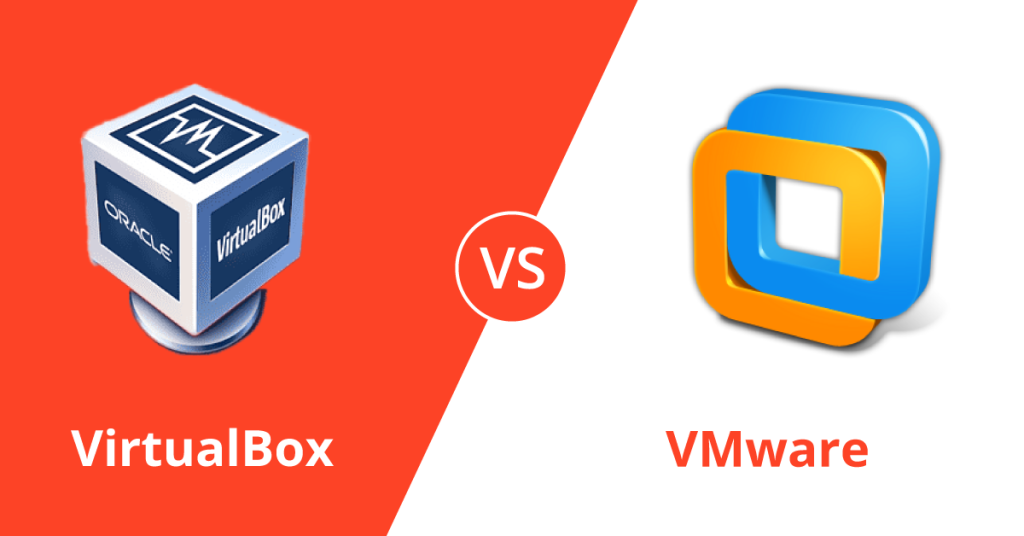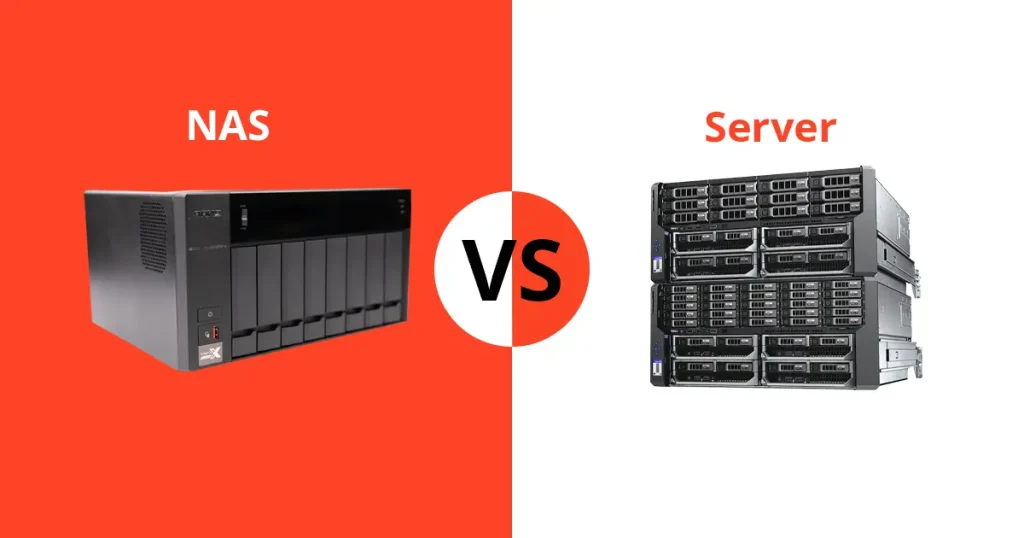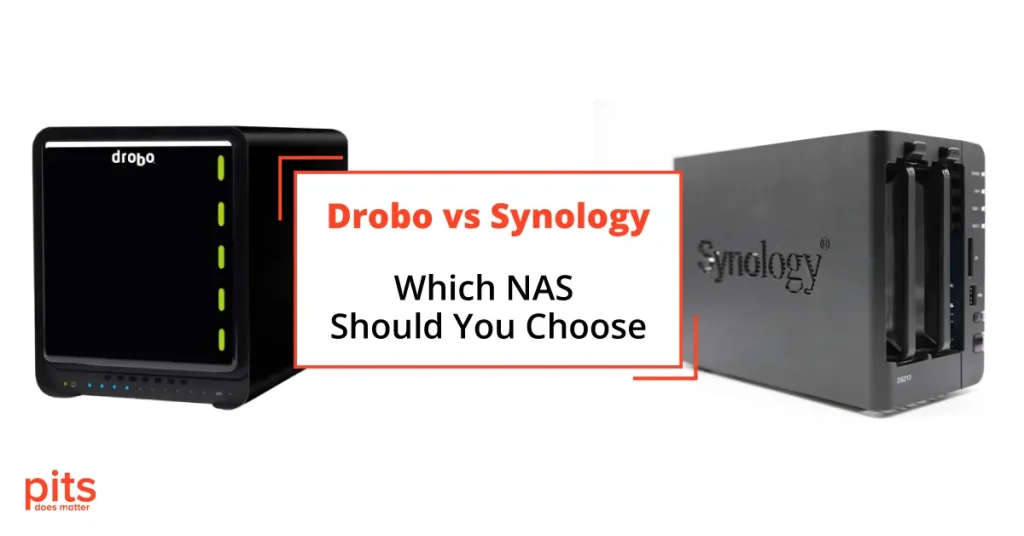In the realm of data storage, the paramount objectives are to ensure data protection and attain optimal performance. RAID (Redundant Array of Independent Disks) steps in to fulfill these imperatives, proffering a variety of levels designed to address these requirements. Among these options, RAID 1 and RAID 10 emerge as two well-regarded selections, both offering fault tolerance and performance enhancements. In this discourse, we shall embark on a comprehensive examination of RAID 1 and RAID 10, juxtaposing their respective merits in terms of advantages, read and write performance, handling of drive failures, data retrieval capabilities, storage capacities, and other pertinent considerations.
RAID 1 - The Doctrine of Mirroring for the Preservation of Fault Tolerance
RAID 1, colloquially known as a mirrored array, represents the most elementary manifestation of RAID that confers data security. It entails the deployment of two drives, wherein data undergoes simultaneous duplication across both. In the event of one drive succumbing to failure, the other safeguards an exact replica of the data, thus preserving data integrity and fortifying fault tolerance. The operational continuity of the system endures, even in the face of a drive malfunction.
Merits of RAID 1:
- Fault Tolerance: RAID 1 bestows an exceptional degree of fault tolerance by virtue of its data mirroring. In cases of disk failure, no data loss occurs, and system functionality remains uninterrupted.
- Data Safeguarding: The presence of mirrored pairs within RAID 1 imparts augmented data protection, affording immunity against drive failures and data degradation.
- Read Performance: RAID 1 demonstrates commendable read performance, as data can be retrieved from either drive. This attribute can potentially enhance the efficacy of read-intensive operations.
- Simplicity: RAID 1 offers an uncomplicated implementation and management process, rendering it an optimal choice for individuals seeking a trouble-free solution for data preservation.
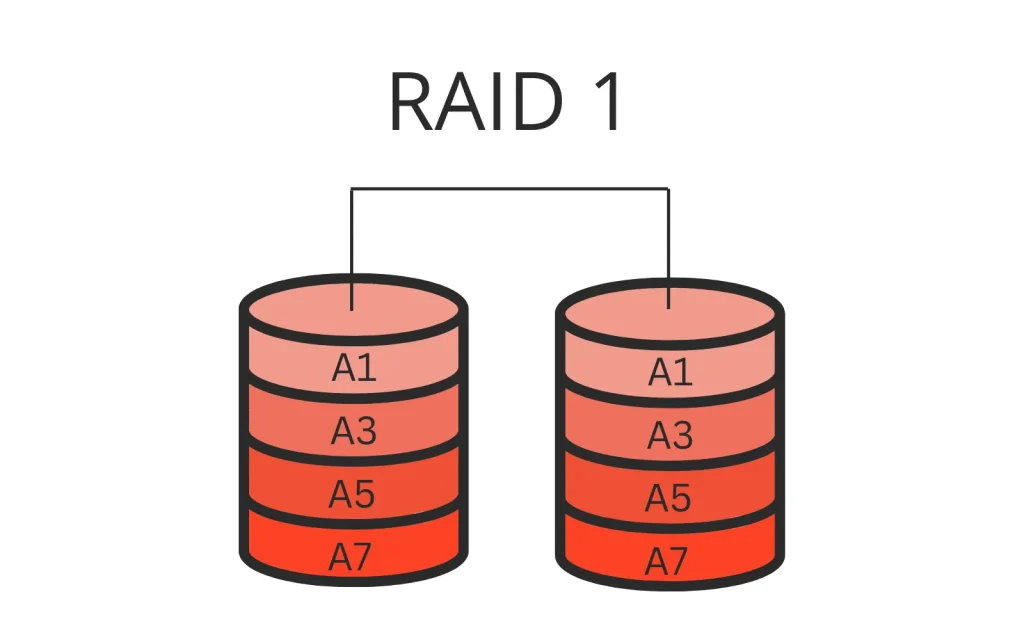
RAID 10: The Fusion Solution
RAID 10, frequently referred to as RAID 1+0, represents a synthesis of RAID 1 and RAID 0 striping methodologies. This configuration necessitates a minimum of four drives and offers a distinctive approach to achieving fault tolerance and performance. The modus operandi of RAID 10 involves the establishment of mirrored pairs (as seen in RAID 1) followed by the distribution of data across these pairs (in a manner reminiscent of RAID 0). This hybrid arrangement amalgamates the most advantageous attributes of both paradigms.
Advantages of RAID 10:
- Fault Tolerance: RAID 10 distinguishes itself through its exceptional fault tolerance capabilities. It can endure multiple drive failures within the same mirrored pair without compromising data integrity. However, it is important to note that if both drives within a mirrored pair fail concurrently, data loss becomes inevitable.
- Read and Write Performance: RAID 10 delivers superlative read and write performance. The incorporation of RAID 0’s striping functionality contributes to heightened write speeds, while data retrieval from mirrored pairs enhances read performance significantly.
- Drive Failures: RAID 10 exhibits a higher tolerance for drive failures compared to RAID 1. So long as at least one drive within each mirrored pair remains operational, data remains shielded from harm.
- Data Recovery: In the event of a drive failure, RAID 10 boasts a relatively expeditious rebuilding process. This is attributed to the necessity of replicating data from a single mirrored drive to a freshly introduced drive.
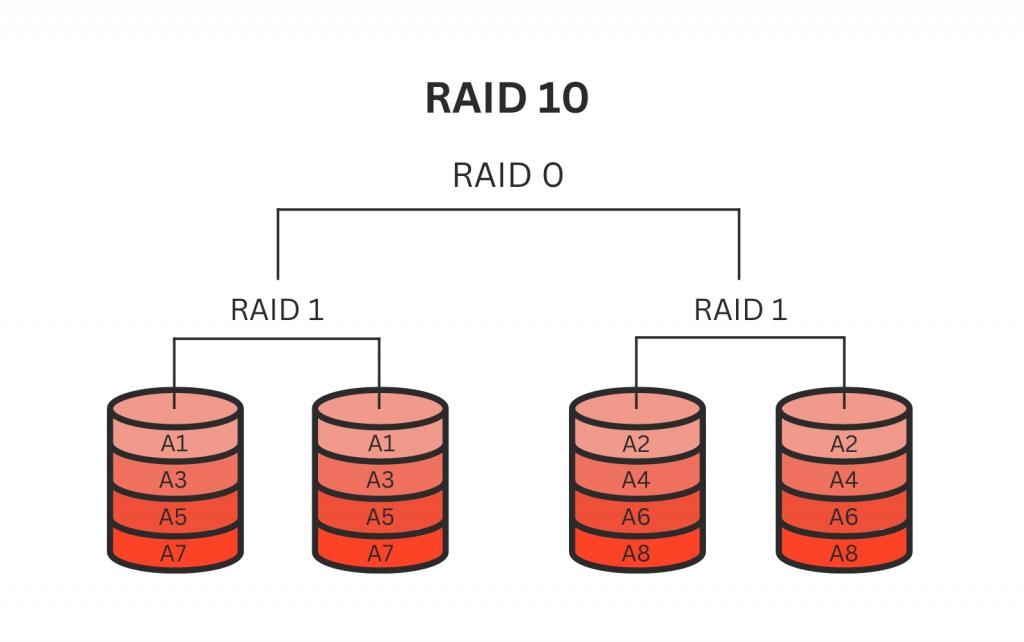
Storage Capacity: A Comparative Analysis of RAID 1 and RAID 10
One notable disparity between RAID 1 and RAID 10 pertains to the utilization of storage capacity. In the context of RAID 1, the storage capacity remains constrained to the magnitude of a solitary drive, given that data is mirrored across two drives. To illustrate, if one possesses two 1TB drives, the effective storage capacity will be restricted to 1TB alone. Conversely, RAID 10 offers superior efficiency in storage capacity. In the configuration of a RAID 10 array comprising four drives, half of the total storage capacity is realized due to the mirroring of data.
To provide an example, when employing four 1TB drives in a RAID 10 arrangement, one attains 2TB of usable storage space. As the quantity of drives escalates, the storage efficiency of RAID 10 experiences enhancements, thereby affording a greater expanse of usable space in comparison to RAID 1.
RAID Configurations and Solid-State Drives (SSDs)
The choice of drives employed within a RAID array is a pivotal aspect to consider. Although conventional hard disk drives (HDDs) are conventionally utilized, solid-state drives (SSDs) are experiencing a surge in popularity due to their commendable performance and reliability. Both RAID 1 and RAID 10 are compatible with SSDs, thereby further enhancing the already impressive read and write speeds characteristic of SSDs.
When SSDs are deployed in a RAID 1 setup, the attributes of fault tolerance and data protection remain uncompromised, with a notable augmentation in read performance. It is worth noting, however, that the improvement in write performance in RAID 1 may not be as substantial, as it is contingent on the slower of the two drives.
Conversely, the conjunction of RAID 10 with SSDs yields remarkable enhancements in both read and write performance. The inclusion of RAID 0’s striping feature facilitates heightened write speeds, rendering RAID 10 with SSDs the preferred choice for applications necessitating expeditious data transfers.
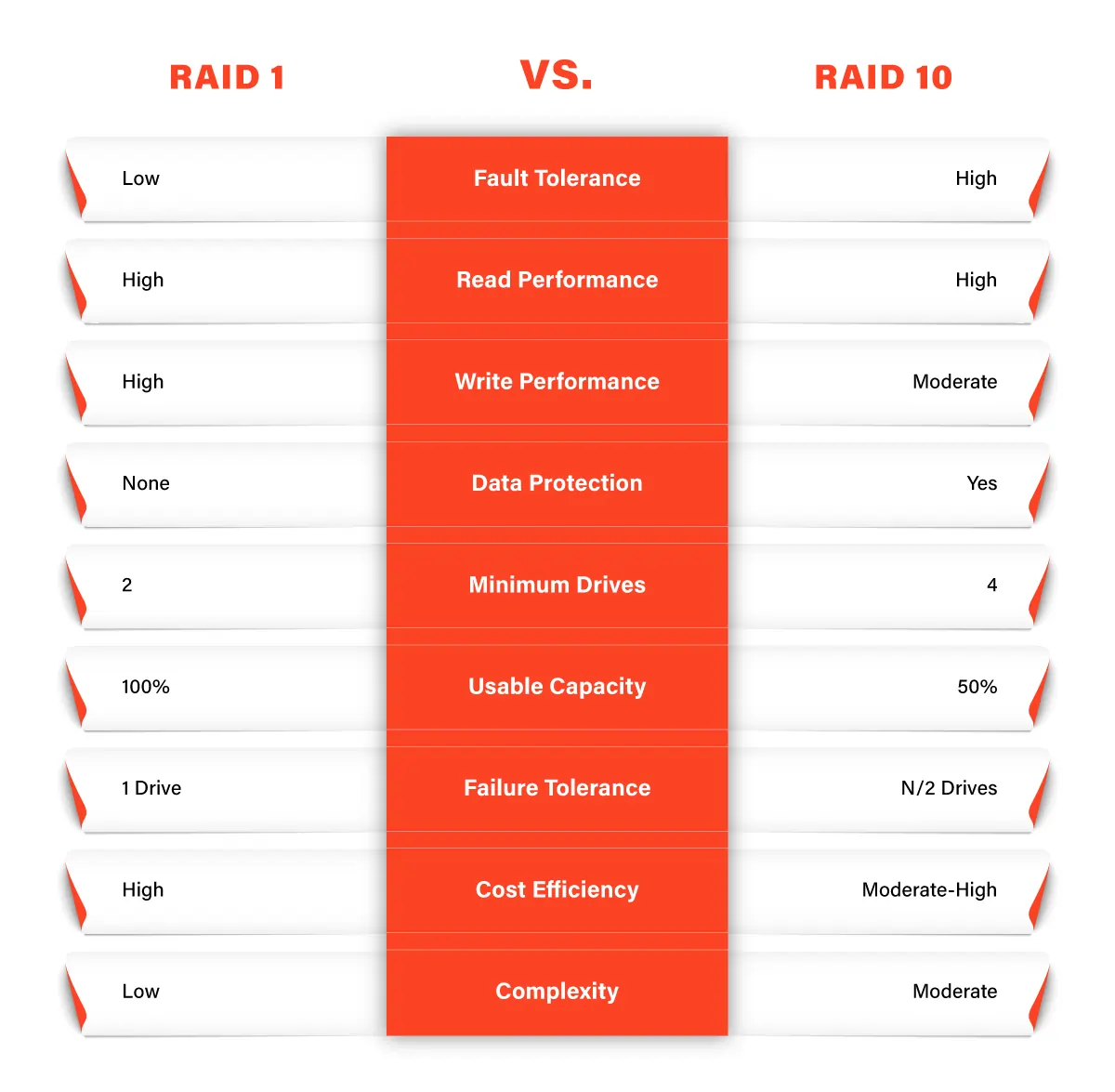
Within any RAID configuration, the aspect of data recovery commands significant attention. In the context of RAID 1, data recovery is relatively straightforward, encompassing the replication of data from the functional mirrored drive to a replacement drive following an occurrence of failure. This process unfolds expeditiously, thereby minimizing operational downtime.
In the case of RAID 10, the rebuilding process ensuing a drive failure is similarly efficient. It necessitates the duplication of data solely from one-half of the mirrored pair to the new drive. This streamlined reconstruction procedure constitutes one of the key advantages of RAID 10 in comparison to other RAID configurations.
In summary, both RAID 1 and RAID 10 offer fault tolerance, data security, and enhanced read and write capabilities. RAID 1 offers a straightforward approach with data mirroring, rendering it a commendable choice for modest-scale data protection requisites. Conversely, RAID 10, employing its amalgamated methodology, suits performance-intensive tasks that mandate both fault tolerance and efficient storage capacity utilization.
The decision between RAID 1 and RAID 10 hinges upon your precise needs, financial considerations, and the number of drives you are prepared to invest in. Each RAID level boasts its unique merits, ensuring data preservation while augmenting system performance. When contemplating RAID configurations with solid-state drives, RAID 10 emerges as the unequivocal victor, harnessing the full potential of SSDs and delivering unparalleled performance for mission-critical applications.
Frequently Asked Questions
What distinguishes RAID 1 from RAID 10?
RAID 1 represents a fundamental RAID level characterized by the mirroring of data across two drives, thereby ensuring fault tolerance through the creation of an identical data duplicate. In contrast, RAID 10 adopts a hybrid RAID configuration by amalgamating both mirroring and striping methodologies. It forms mirrored pairs of drives and subsequently stripes data across these pairs, thereby augmenting fault tolerance and enhancing read/write performance.
Which RAID level offers superior fault tolerance?
Both RAID 1 and RAID 10 furnish fault tolerance, albeit with a slight advantage for RAID 10 in this regard. RAID 1 can endure a single drive failure, as the mirrored drive retains intact data. RAID 10, however, exhibits the capability to withstand multiple drive failures within mirrored pairs without compromising data integrity, contingent upon the functionality of at least one drive within each pair.
Which RAID level excels in read and write operations?
Generally, RAID 10 outperforms RAID 1 in both read and write operations. RAID 1 delivers commendable read performance since data retrieval can occur from either mirrored drive, but write performance is bound by the slower of the two drives. RAID 10’s incorporation of striping functionality facilitates enhanced write speeds, rendering it a preferred choice for applications necessitating high-speed data transfers.
Can RAID 1 and RAID 10 function in conjunction with solid-state drives (SSDs)?
Indeed, both RAID 1 and RAID 10 can seamlessly integrate with solid-state drives (SSDs). In a RAID 1 setup with SSDs, fault tolerance and data protection remain intact, accompanied by improved read performance. RAID 10, when employed in tandem with SSDs, excels in both read and write performance owing to the striping feature, rendering it an exceptional choice for applications demanding optimal performance.
